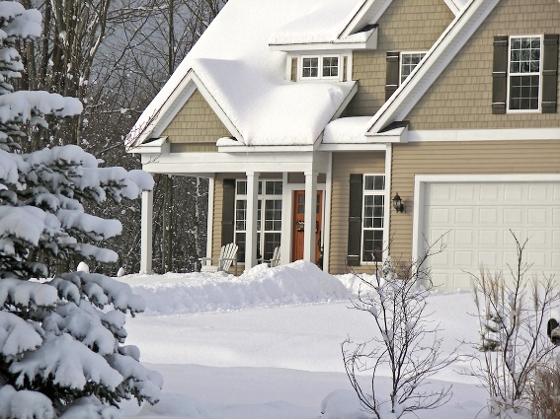
What’s been described during the past few weeks as a ‘sledgehammer crackdown’ on the Canadian housing market, the new mortgage regulations, some of which came into effect last month, are aimed at strengthening the country’s housing finance system ‘to help protect the long-term financial security of borrowers’ and ‘to improve tax fairness for Canadian homeowners’.
In simple terms, the changes will help ensure that homeowners are not taking on larger mortgages than they can afford. This will be accomplished using a stress test on all new insured mortgages, including those where the borrower has more than 20 percent for a down payment. The test will show whether or not a buyer is able to keep up with mortgage payments should interest rates increase and must be based on the Bank of Canada’s five-year fixed posted rate of 4.64 percent, regardless of the rate that is being offered by the lender.
The stress test will also look at the percentage of household income that is being dedicated to household expenses (GDS). The monthly mortgage payment, heat and taxes cannot exceed 39 percent of the borrowers income. In addition, the TDS (total debt service, which includes the previous stated monthly expenses plus debt repayment) must not exceed 44 percent.
Another aspect of the new regulations covers changes to the ‘eligibility rules for newly insured low-ratio government-backed insured mortgages. These new criteria will help target the funding support provided by government-backed low-ratio mortgage insurance towards safer forms of lending’. Effective November 30, low-ratio mortgages to be insured will include the following requirements:
• Maximum amortization of 25 years
• Purchase price under $1,000,000
• Minimum credit score of 600
• Owner-occupied (if a single unit)
The government has also introduced new reporting rules for the primary residence capital gains exemption. This regulation is aimed at addressing the issue of foreign investors ‘flipping’ Canadian properties while claiming a primary residence tax exemption.
For more information, visit https://www.fin.gc.ca/n16/data/16-117_2-eng.asp.








-560-wide.jpg)








